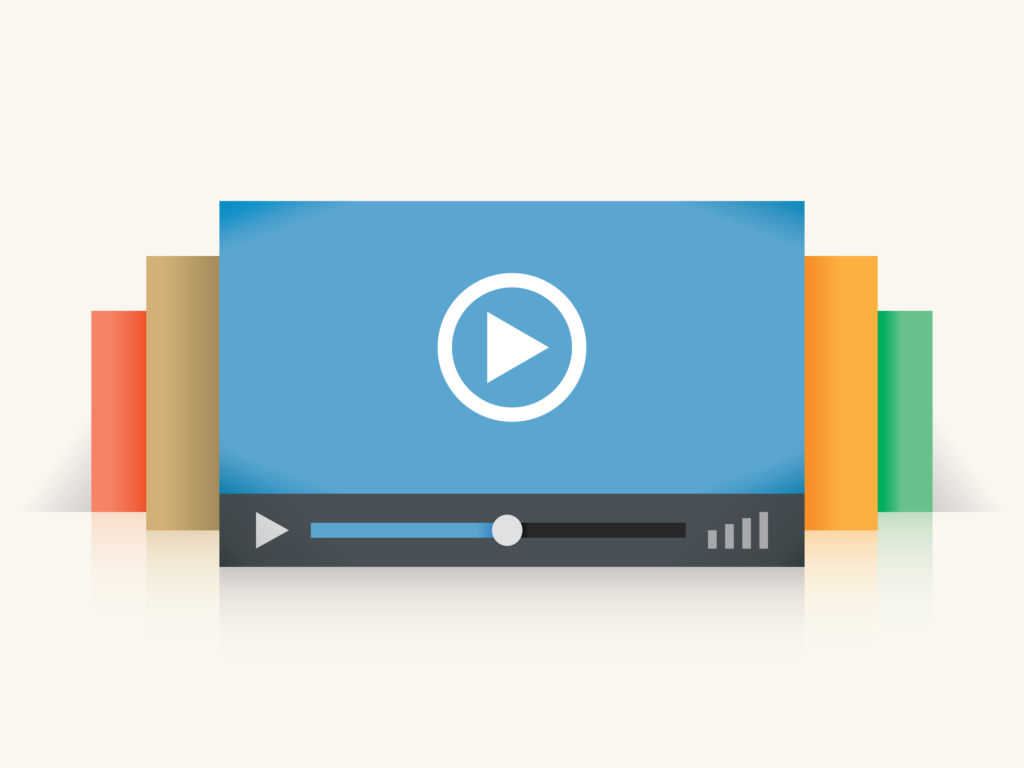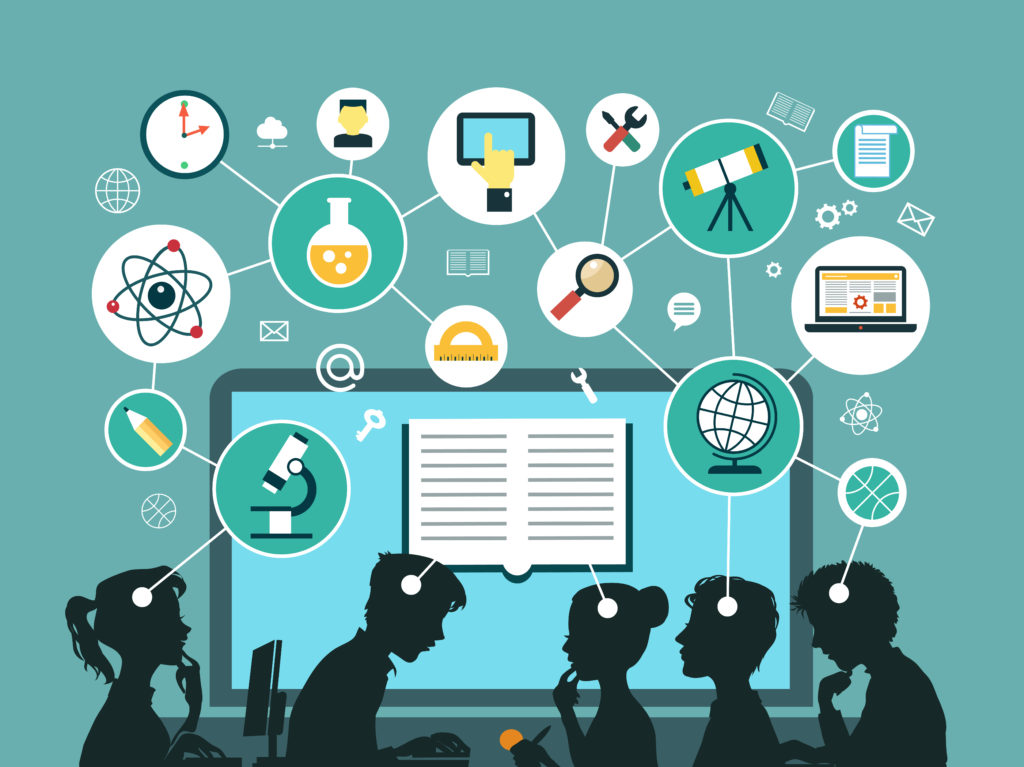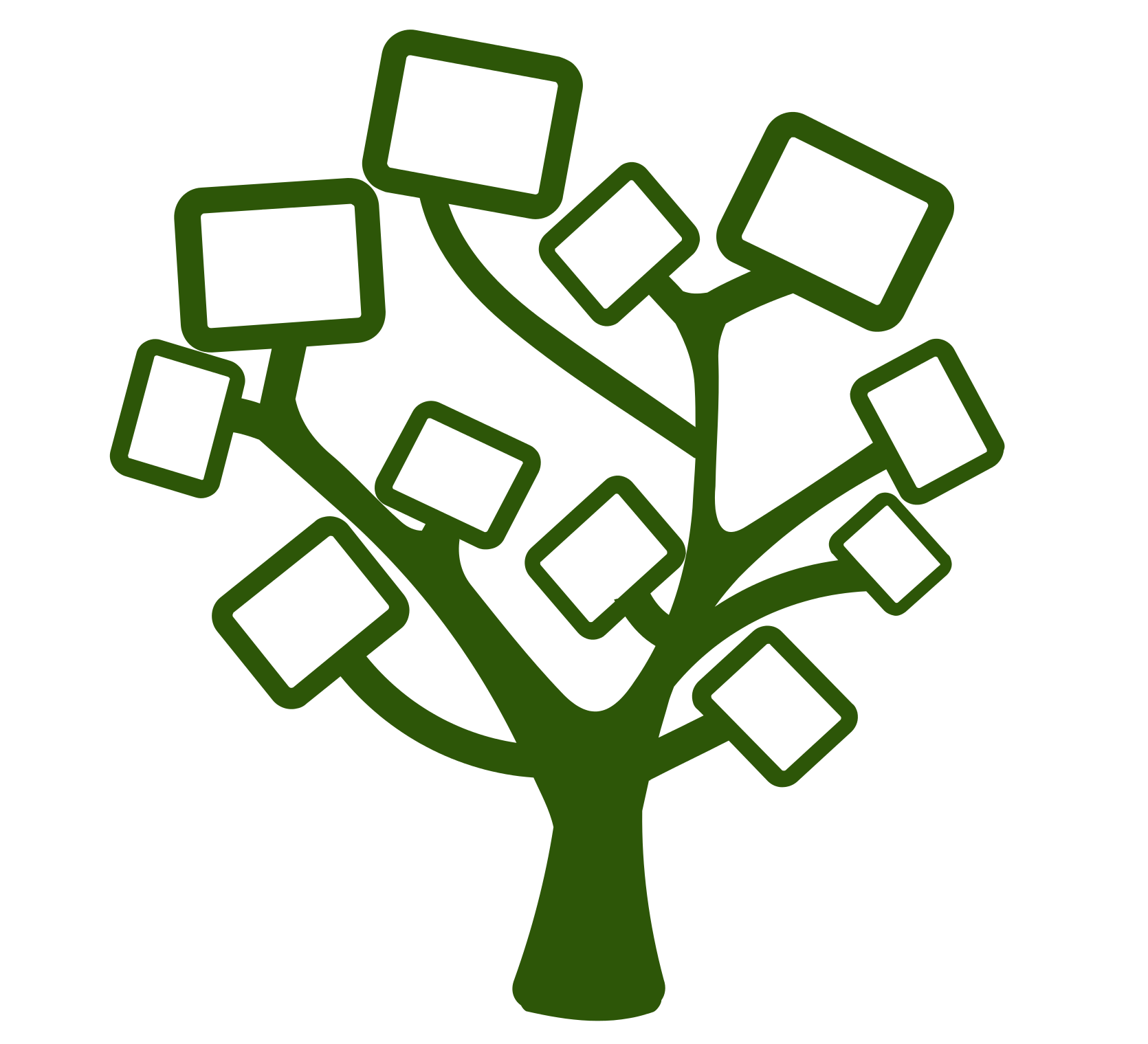Great teaching made simple.
Design meaningful, relevant, & engaging learning experiences for each and every student.
Join Our Rapidly Growing Community of
Future-Oriented Educators Around the Globe
Take Your Lessons to the Next Level
Engaging, step-by-step instruction for meaningful technology integration.

Scorecard
Take our free quiz to learn your areas of strength and growth & get a personalized action plan.

"This is the most transformational PD I have ever done. I honestly would recommend this to every teacher I know."
- Cori G., 7th Grade ELA & AVID Teacher
You'll Never Teach the Same Way Again
Next Generation Teacher
Learn how to design highly engaging lessons with technology with our award-winning, self-paced PD program.

Stay Connected
Join our network of innovative-minded educators on mission to transform education, classroom by classroom.
Never miss a post. Never miss a tutorial. Get access to exclusive offers before anyone else.


